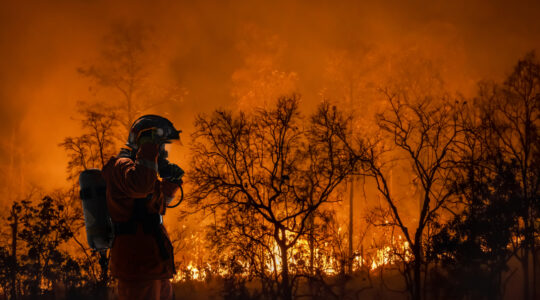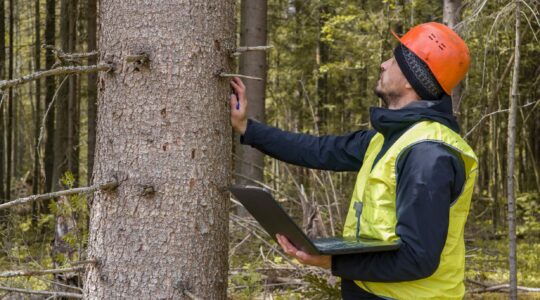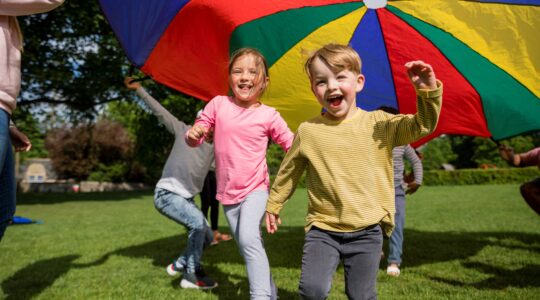Health authorities are calling for more children to be vaccinated to avoid another spike in deaths in the coming flu season.
Head of the interim Australian Centre for Disease Control Professor Paul Kelly said, of the 39 people who died from flu last year, nine were children under 16.
“Last year, the highest notification rates for flu were in children under 14 years,” he said. “But concerningly, the vaccine uptake was very low in this population group.
“Children under five years of age are at increased risk of getting severely ill or dying from the flu.”
Professor Kelly said the number of flu-associated deaths in children in 2022 was up on 2023 and above many of the pre-COVID-19 pandemic years.
“In good news, the 2023 vaccine was very effective at protecting people from needing to go to hospital or visit their GP,” he said.
“Free vaccines are now available for people most at risk of complications through the Australian Government’s National Immunisation Program. For those not eligible, you can purchase a vaccine through your immunisation provider.
“People can get their vaccine at general practices, pharmacies, and immunisation clinics – and in many cases, at their workplace.
“Although we can’t predict the 2024 flu season, we can look at, and learn from, key outcomes from the 2023 season.”
Professor Kelly said the child deaths last year were a tragic reminder that flu was more serious than a common cold.
“It is a serious virus that can cause severe illness, hospitalisation and death among otherwise healthy children and adults,” he said. “I encourage everyone six months of age or over to get vaccinated against the flu. It could save your life.”
Professor Kelly said free flu vaccine doses were available for children aged six months to under five years, pregnant people, First Nations Australians, people aged 65 years or older and people with certain medical conditions that put them at greater risk.








